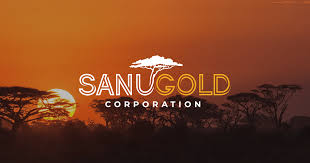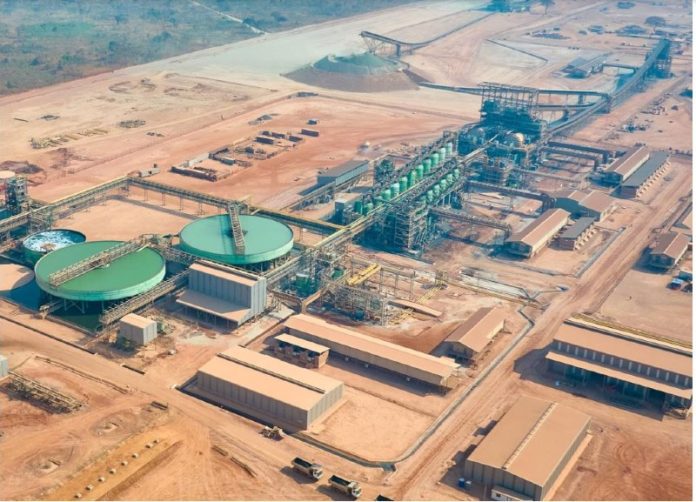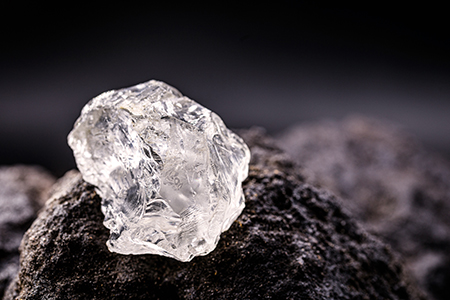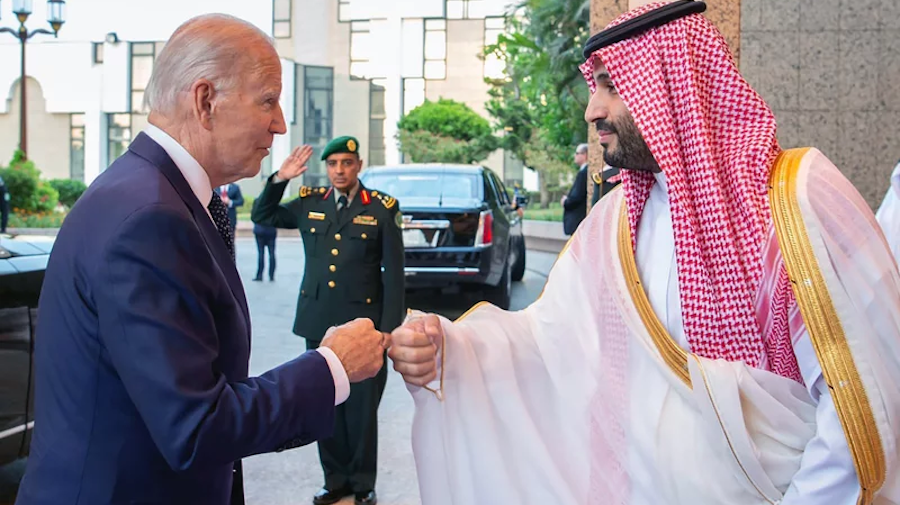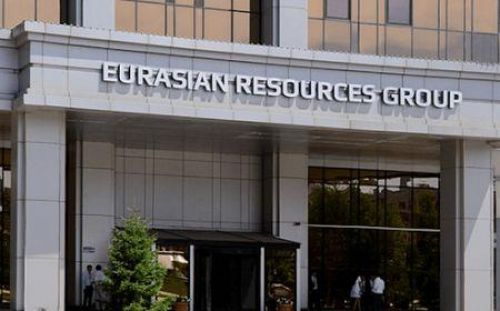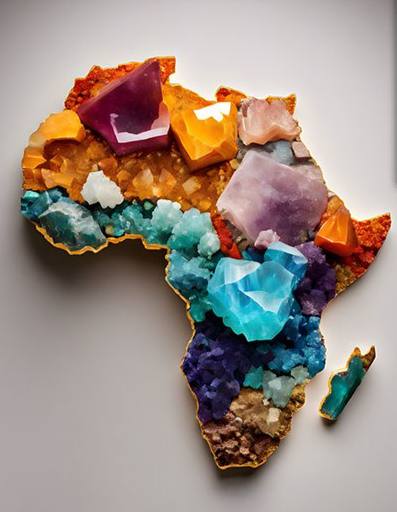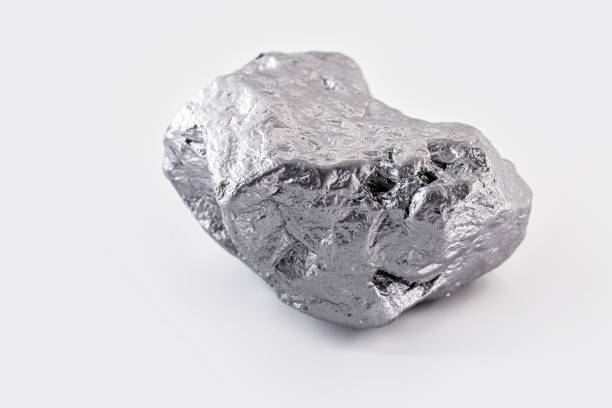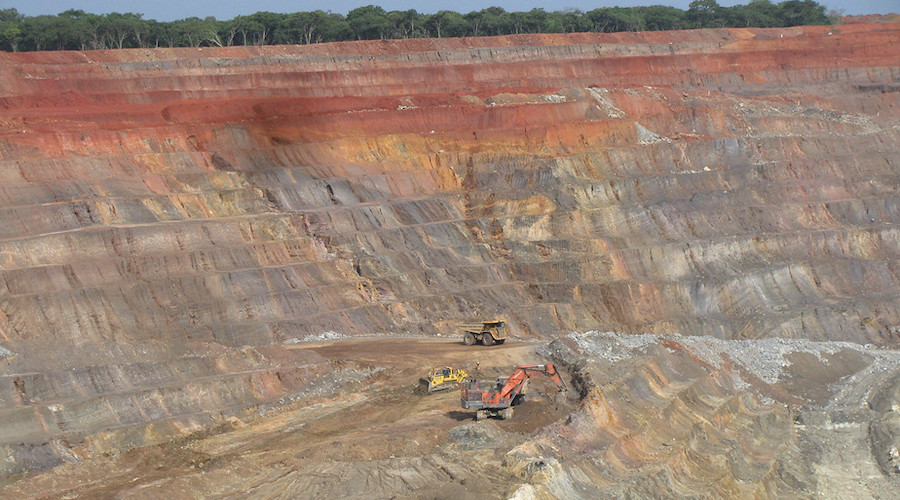Base Metals

CMOC to expand Kisanfu copper mine with a US$1.08 billion board approval
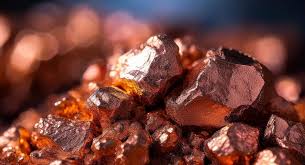
The Democratic Republic of Congo (DRC), Africa’s top copper producer and the world’s second-largest, increasingly attracts attention amid announced shortages for the metal. The country hosts new projects likely to strengthen its production in the coming years.
On 24th October 2025, the Chinese group CMOC announced it secured board approval to develop the expansion project for its Kisanfu copper mine in the DRC. This initiative, costing US$1.08 billion, aims to increase the asset’s annual production by an average of 100,000 tonnes. This project forms part of a series of new Chinese ventures poised to reinforce Congolese copper output.
Sector sees rapid expansion and optimization
CMOC projects a two-year timeline for implementing the project, with commissioning expected in 2027. Once finalised, the expansion must increase Kisanfu’s processing capacity, which currently delivers more than 150,000 tonnes of copper annually, according to the company’s official website. The expansion announcement follows a similar optimisation project already underway at Kamoa-Kakula, another copper mine 39.6% controlled by China’s Zijin Mining.
Dubbed “Project 95,” this initiative seeks to boost copper recovery rates at the asset’s concentrators 1 and 2, generating up to 30,000 additional tonnes annually. The overall initiative aims for Kamoa-Kakula to reach an annual production of 600,000 tonnes (compared to 437,061 tonnes delivered in 2024).
In parallel, JinChuan Group, another Chinese entity active at the Ruashi and Kinsenda mines, prepares the launch of its third copper mine in the DRC. This involves the Musonoi project, with a production capacity of 38,000 tonnes per year, expected to be finalised in the second quarter of 2026. Collectively, these projects illustrate the consistently significant influence of Chinese players in the Central African country’s growing copper industry.
The DRC, the world’s second-largest producer since 2023, exported 3.1 million tonnes of copper in 2024. This result represents a 13% increase, driven by the strong performance of Kamoa-Kakula and CMOC operations.
Anticipating global market perspectives
These projects align with a favorable market context for copper, with demand expected to rise due to the energy transition and the boom in artificial intelligence. The International Energy Agency (IEA) states that the supply from current mining projects will prove insufficient to meet demand in the coming years. The institution indicates that the copper supply deficit could reach 40% by 2035.
Companies can potentially capture this market share by developing new production sources or reinforcing existing assets. This observation holds particular significance for the DRC, considering China currently represents the primary importer of its copper.
For the Central African nation, the realisation of these Chinese projects could consolidate its place among the world’s principal copper production hubs, provided existing sites remain stable. The projects could also generate higher mining revenues for the state. Kinshasa controls 20% of Kamoa-Kakula and 25% of Musonoi’s capital via the state-owned company Gécamines.



